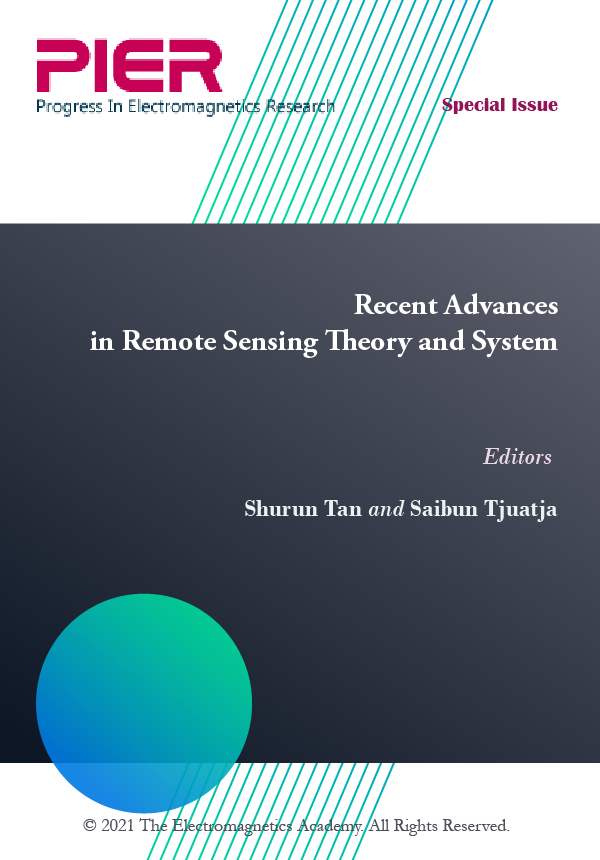A REVIEW OF DEEP LEARNING APPROACHES FOR INVERSE SCATTERING PROBLEMS (INVITED REVIEW)
IF 9.3
1区 计算机科学
Q1 Physics and Astronomy
引用次数: 102
Abstract
In recent years, deep learning (DL) is becoming an increasingly important tool for solving inverse scattering problems (ISPs). This paper reviews methods, promises, and pitfalls of deep learning as applied to ISPs. More specifically, we review several state-of-the-art methods of solving ISPs with DL, and we also offer some insights on how to combine neural networks with the knowledge of the underlying physics as well as traditional non-learning techniques. Despite the successes, DL also has its own challenges and limitations in solving ISPs. These fundamental questions are discussed, and possible suitable future research directions and countermeasures will be suggested.反散射问题的深度学习方法综述(特邀评论)
近年来,深度学习(DL)正成为求解逆散射问题(ISPs)的重要工具。本文回顾了应用于isp的深度学习的方法、承诺和陷阱。更具体地说,我们回顾了几种最先进的用深度学习解决isp的方法,我们还提供了一些关于如何将神经网络与基础物理知识以及传统非学习技术相结合的见解。尽管取得了成功,但DL在解决isp方面也有自己的挑战和局限性。对这些基本问题进行了探讨,并提出了今后可能适合的研究方向和对策。
本文章由计算机程序翻译,如有差异,请以英文原文为准。
求助全文
约1分钟内获得全文
求助全文
来源期刊
CiteScore
7.20
自引率
3.00%
发文量
0
审稿时长
1.3 months
期刊介绍:
Progress In Electromagnetics Research (PIER) publishes peer-reviewed original and comprehensive articles on all aspects of electromagnetic theory and applications. This is an open access, on-line journal PIER (E-ISSN 1559-8985). It has been first published as a monograph series on Electromagnetic Waves (ISSN 1070-4698) in 1989. It is freely available to all readers via the Internet.

 求助内容:
求助内容: 应助结果提醒方式:
应助结果提醒方式:


